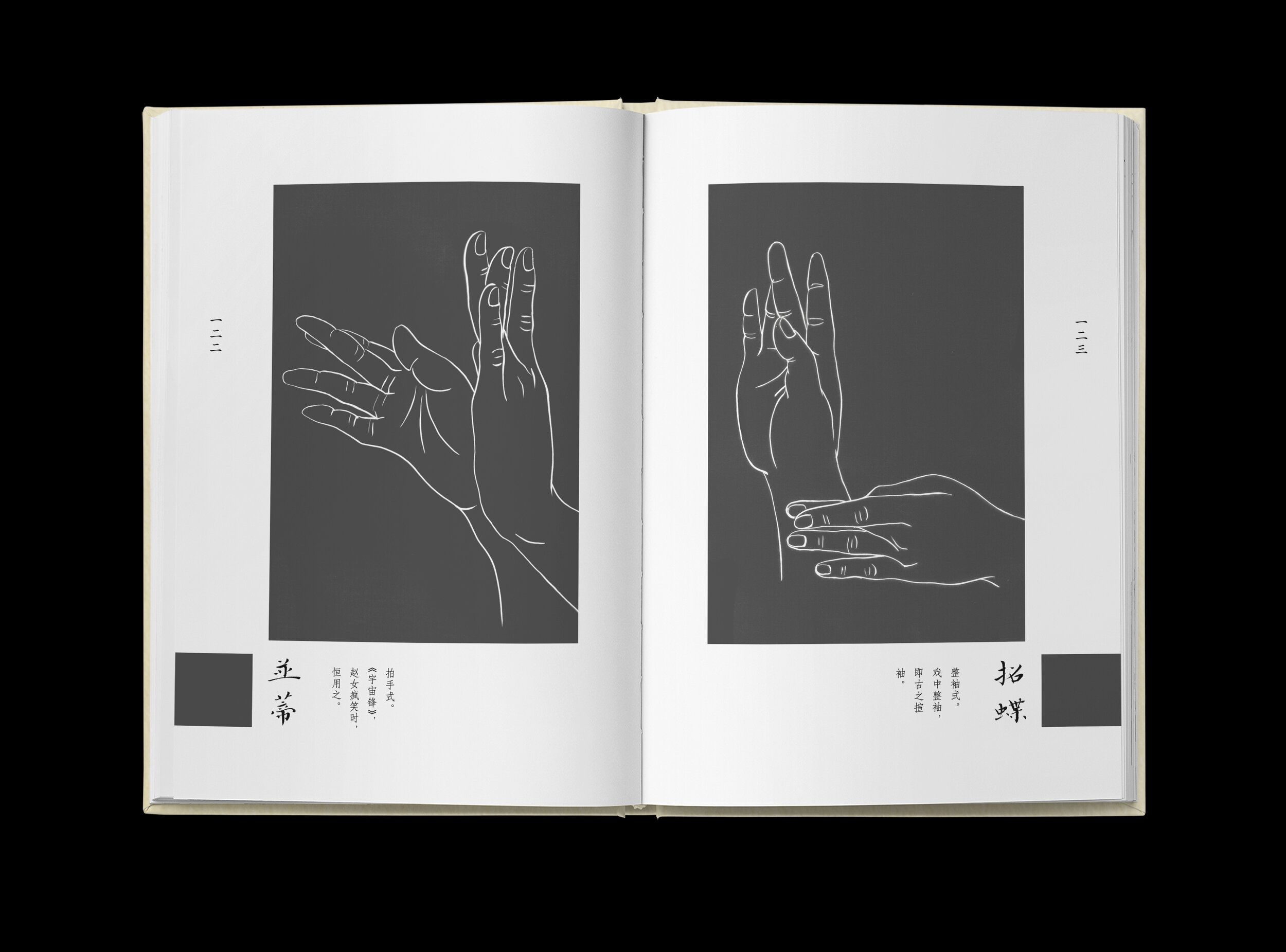







Project Brief
The goal of this project is to translate my research for Chinese tea ceremony into a generative teapot design system.
“Algorithms can only understand quantitative input.
One of the biggest challenges in computational design is — how do we translate our qualitative design research into something that a machine can read and process? ”
Input X : qualitative data — Chinese tea ceremony
Function f(X): form developing system — generative algorithm
Output Y: generated outcome — generative teapots
“We are not designing the object itself.
We are designing an algorithmic system that designs the objects.”
Skills
• Generative design
• User research
• Form development
• Prototyping
• Testing
• 3D printing
Software
• Rhino
• Grasshopper
Chinese Tea Ceremony Research
The generic archetype
Prototype & Test
Hand Gesture Research
“Chinese tea ceremony is not just making and drinking tea.
It’s a rich performative experience.
Fast or slow, close or distant.
It’s a dance with tea.
Every tea artist has their style
which makes the experience and the taste of the tea unique.”
“This is a movement for pouring the tea.
It’s called 鳳凰三點頭 (three nods from the phoenix).”
The performative hand gestures in the Chinese tea ceremony also reminds me of the hand gestures in traditional Chinese opera, especially the ones holding an object such as a pen or a folding fan. The reference images below are the famous 蘭花指 (orchid fingers) from a notable Peking opera artist in modern Chinese theater, 梅蘭芳 (Mei Lanfang).
Handle Explorations
Generative Teapot
Designing Probabilities











































































